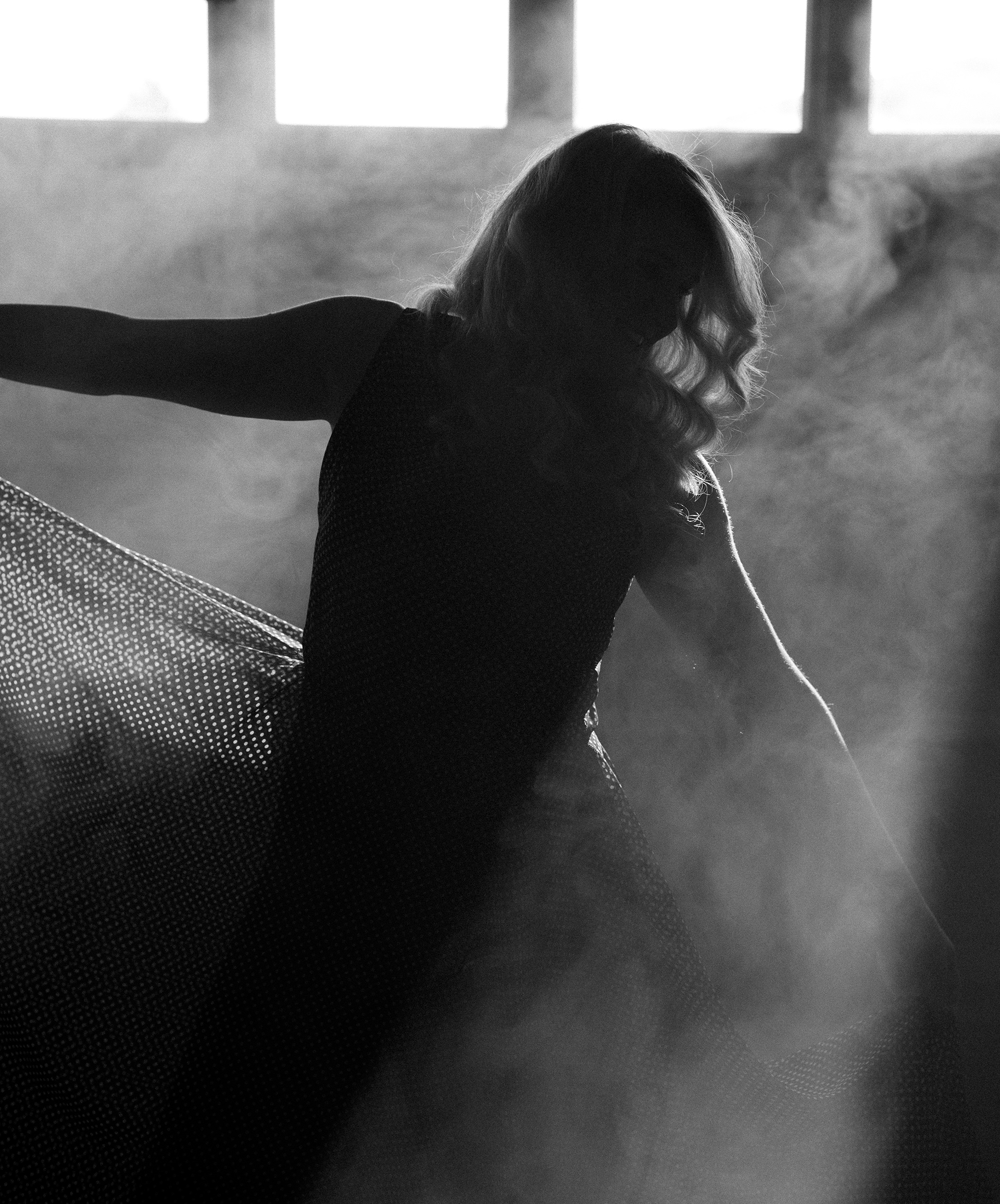We’ve all got scars, and in some cases, they come with memorable stories. However, when they’re in a noticeable area or more prominent than desired, it can make you feel self-conscious. Scars are a part of the body’s amazing ability to heal and regenerate, but the new skin typically doesn’t completely match the original. When that’s the case, professional scar treatments can help restore and rejuvenate the skin.
The Specifics
What Causes Scars?
Scar tissue, or fibrotic tissue, forms as part of the body’s natural healing process. When you injure yourself, your body first closes any damaged blood vessels with clotting cells (platelets) and starts sending infection-fighting and healing cells to the area. The swollen, puffy appearance of healing wounds and the normal fluids that ooze from them are all correlated to your body’s healing mechanisms.
As the body knits itself back together cell by cell, the skin cells and proteins (like collagen fibers) do not follow the same random pattern they normally do. Instead, they arrange themselves in a unilateral linear pattern, creating the different appearance of scar tissue. Scar tissue does not contain sweat glands or hair follicles and is less able to protect itself from UV light. Various types of scars exist, and certain individuals and skin types are more prone to noticeable scarring than others.
What Are the Main Concerns Related to Scars?
Scar formation mainly depends on the size and depth of the wound that caused it. According to the American Academy of Dermatology, there are six classifications of scars:
- Flat Scars: The classic pink/reddish, slightly raised lesion. These scars usually flatten and lighten over time.
- Raised Scars: Also known as hypertrophic scars. These are raised from the skin initially but usually flatten over months or years.
- Depressed Scars: Also known as atrophic scars. These scars sit lower than skin level and usually occur on the face, especially after severe acne.
- Keloid Scars: Raised and significantly larger than the initial wound that caused them. They usually appear well after the injury and do not resolve without intervention.
- Contracture Scars: These form most often after severe burns. They cause the skin to thicken and tighten, becoming resistant to stretching, which can impact the range of motion of the area.
- Stretch Marks: Most often associated with pregnancy, stretch marks (also known as striae) can form with any rapid changes in size, such as during puberty, weight loss, or bodybuilding.
Who May Wish to Seek Treatment for Scars?
Location and type of scar will be significant factors in directing treatment. For individuals with high melanin levels, like those of African and Asian ancestry, all types of scarring will typically be more perceptible. Scarring on noticeable areas of the body may prompt someone to seek treatment to alleviate aesthetic concerns.
Scars that are more severe and have the potential to impact quality of life, such as keloid and contracture scars, will require treatment to restore function or preserve health.
How Can Someone Get Help for Scars?
For minor cosmetic scars, over-the-counter or minimally invasive treatment options will most likely be sufficient. For more severe scarring, a medical evaluation and professional intervention will be needed.
- For Raised (Hypertrophic) Scars: Laser resurfacing is a treatment to remove excess, unwanted skin and encourage new growth in the area. Depending on the type of laser, there may be few or numerous side effects.
- For Flat Scars: Microneedling aims to increase collagen and elastin production through a small device that rolls across the skin, creating pin-sized holes in the fibrous scar tissue. Dermabrasion uses ablative pressure and friction to remove layers of the skin, allowing new skin to form. Microdermabrasion can be performed via a diamond tip or crystal method in which a handpiece exfoliates scar tissue. Chemical peels can also exfoliate excess skin tissue and encourage the formation of new skin.
- For Contracture Scars: Embrace Scar Therapy uses controlled pressure therapy and tension relief dressings to encourage appropriate collagen production.
- For Stretch Marks: Carboxytherapy stimulates circulation by infusions of carbon dioxide to promote healing.
- For Depressed (Atrophic) Scars: Dermal fillers and injectables like Juvederm®, Restylane®, and Belotero® work to lift and plump the skin where depressions have formed.
The Takeaway
We’ve all heard of ways to speed the healing process and limit excess fibrous tissue formation. Clean, dry dressings, limited sun exposure, and vitamin E are effective to an extent. Scar formation, however, is a natural part of the healing process. The original wound and your skin type will influence the type of scar formed, but at the end of the day, scars form on everyone. Fortunately, there are numerous treatments available to address anything from acne scars and stretch marks to keloid scars and contracture scars.


